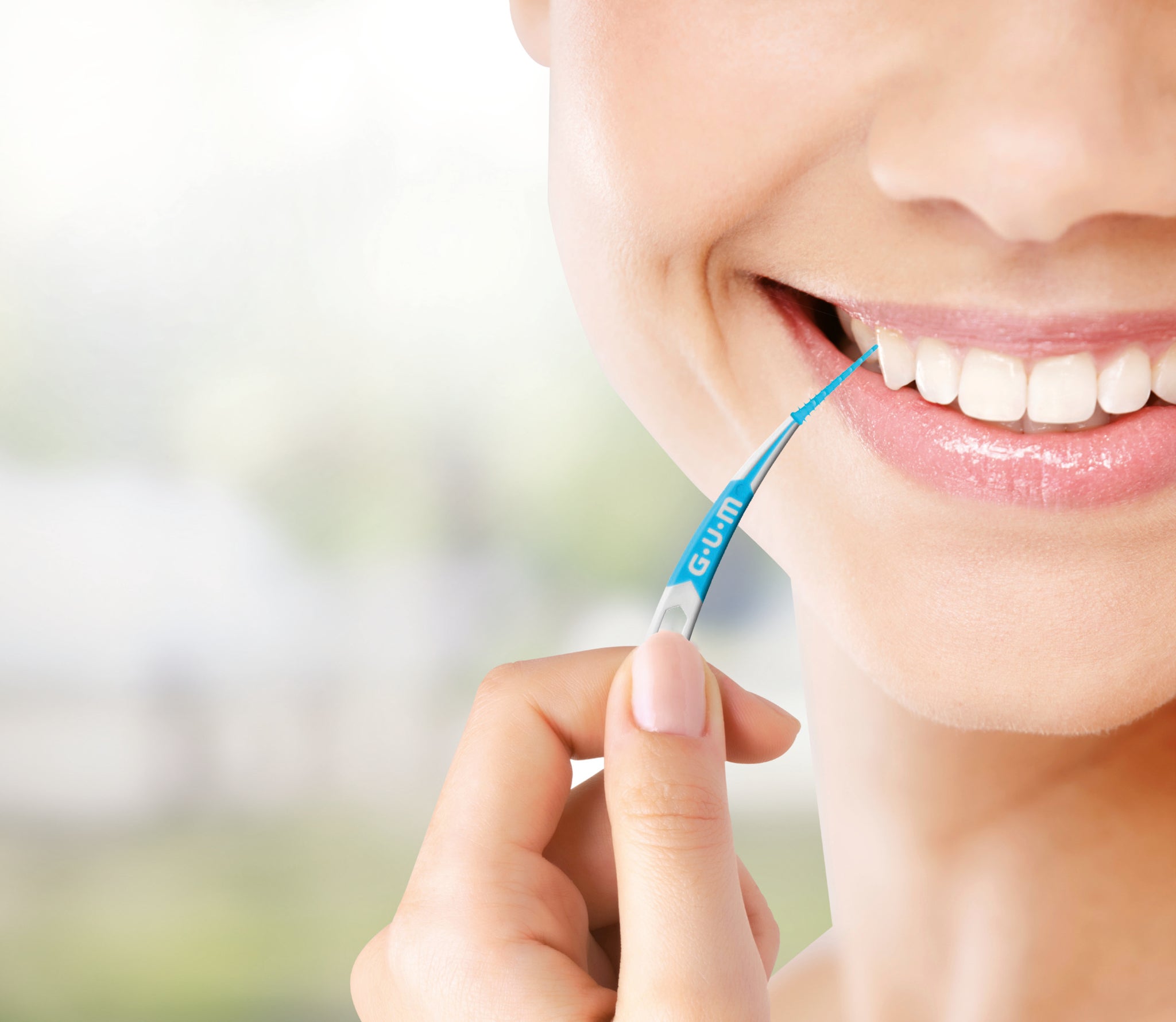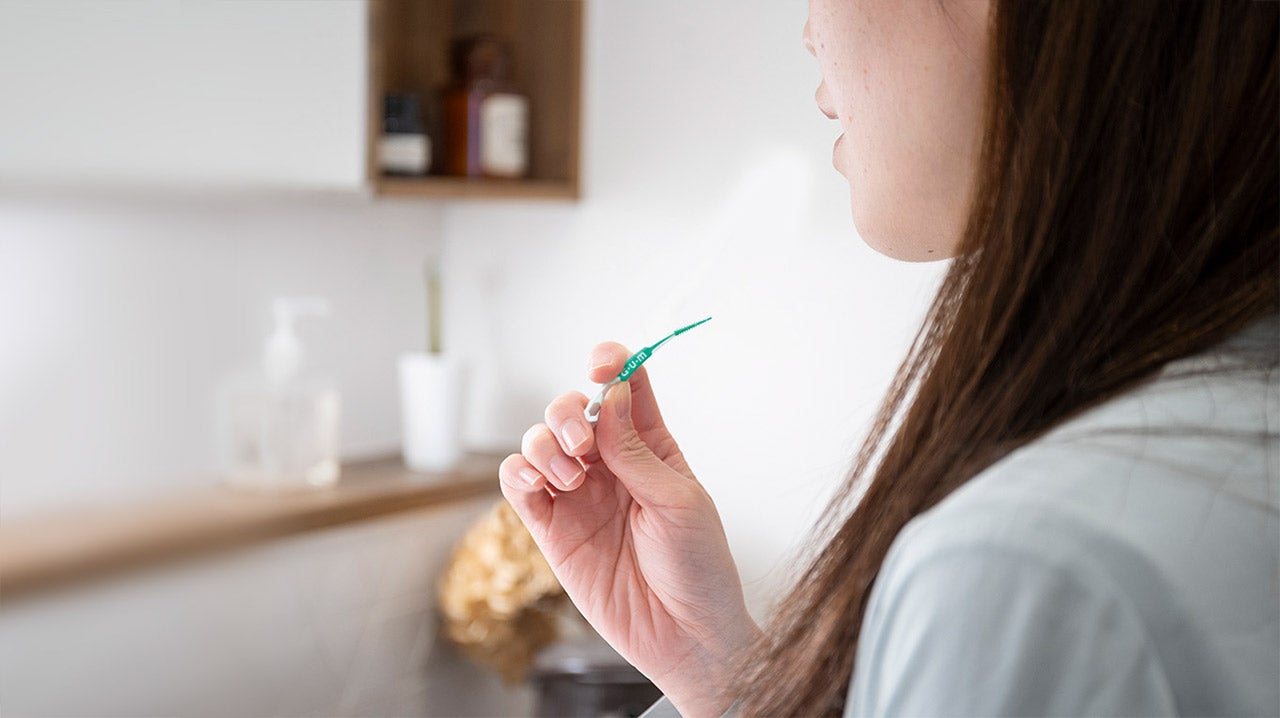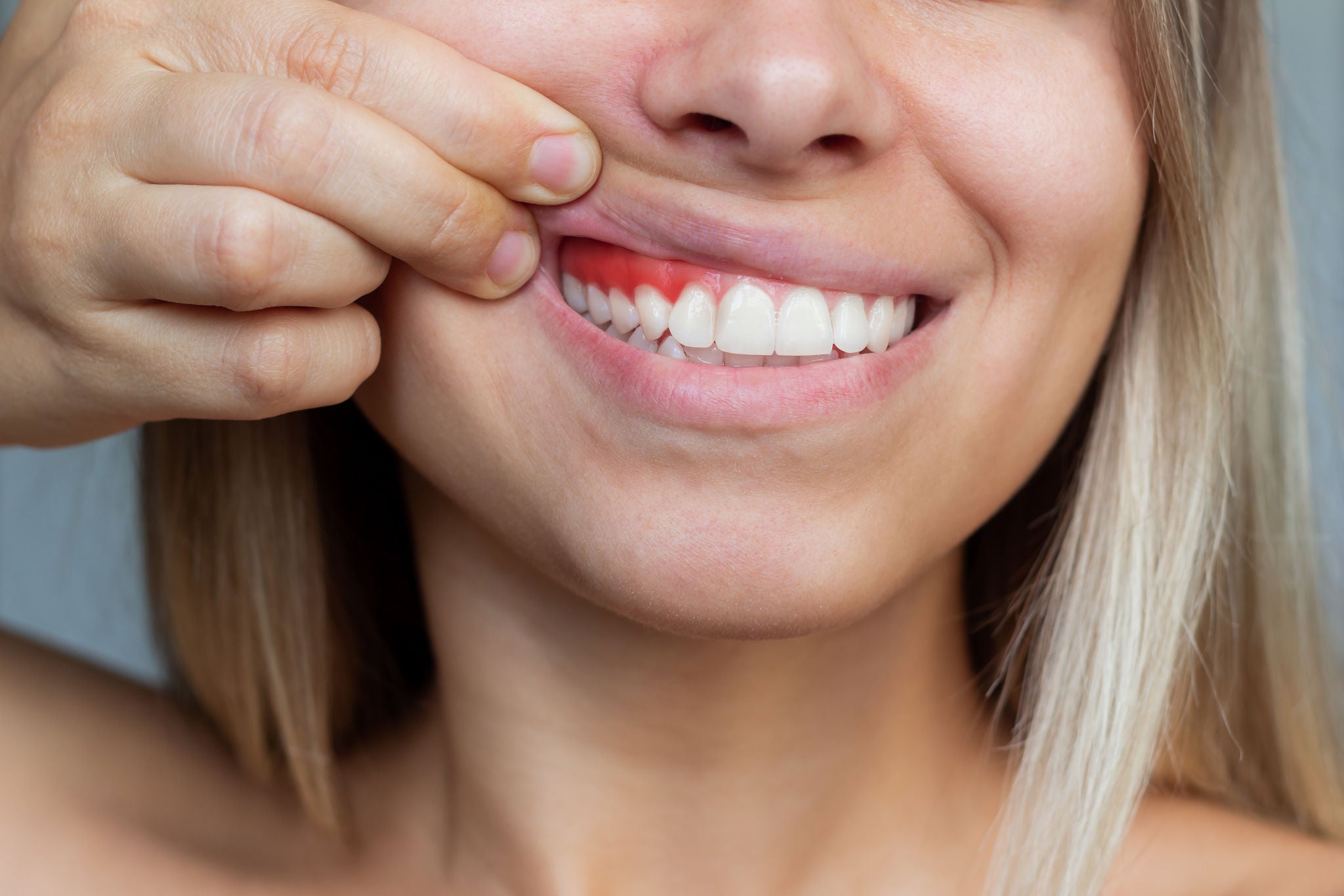
Helping Patients Prevent Gingivitis and Periodontitis
Ask most someone how often they brush their teeth and you’ll get a pretty straightforward answer: once or twice each day. Ask them about their interdental cleaning habits and the answers tend to vary more.
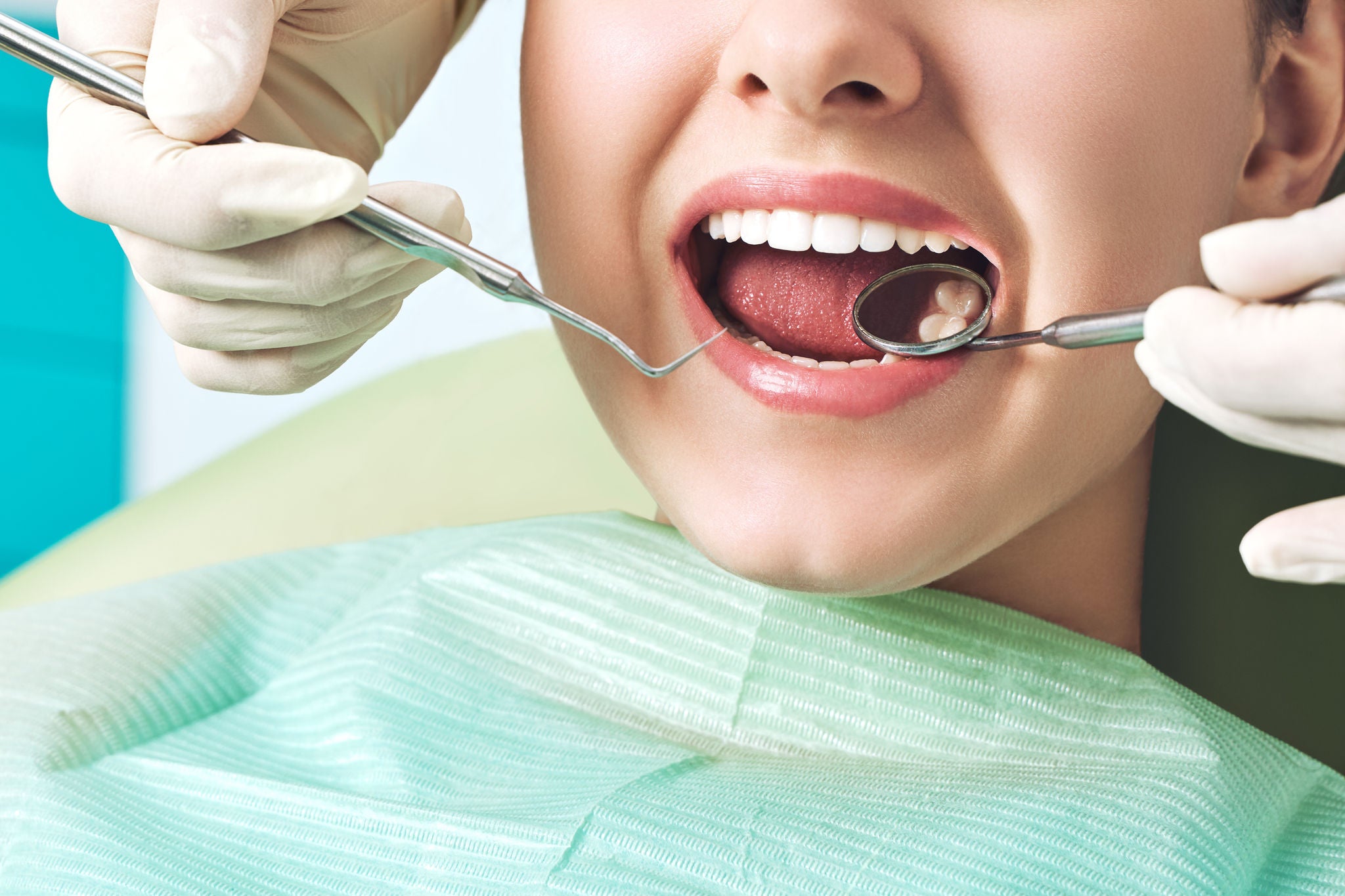
Most people are either diligent interdental cleaners, or sporadic at best. It’s either part of their oral care regimen or something they do when they can feel debris between their teeth. Wider recognition of the correlation between interdental cleaning habits and gum disease [1] might help embed the habit more strongly.
Interdental cleaning, be it with floss or an interdental brush or pick, is something most dentists stress time and again as part of comprehensive oral care. The problem is, many people see it as a hindrance, and a distant second priority to brushing.
As an oral care professional, you can help your patients take gum care seriously by showing exactly what the ramifications of poor interdental care are.
Helping patients identify gingivitis
Studies from the U.S. [2] and Europe [3] estimate that approximately 30-50% of the adult population suffers from some form of periodontitis. The inflammatory issue known as gingivitis is an early-stage precursor. Even people who brush regularly and thoroughly aren’t immune to gingivitis without proper interdental cleaning.
Telling someone they have gingivitis isn’t always enough to inspire better interdental cleaning habits. It’s important for dentists to physically show their patients the symptoms of early-stage gum disease, especially in interdental spaces:
- Red, swollen, inflamed gums
- Bleeding gums
- Sensitivity along the gumline
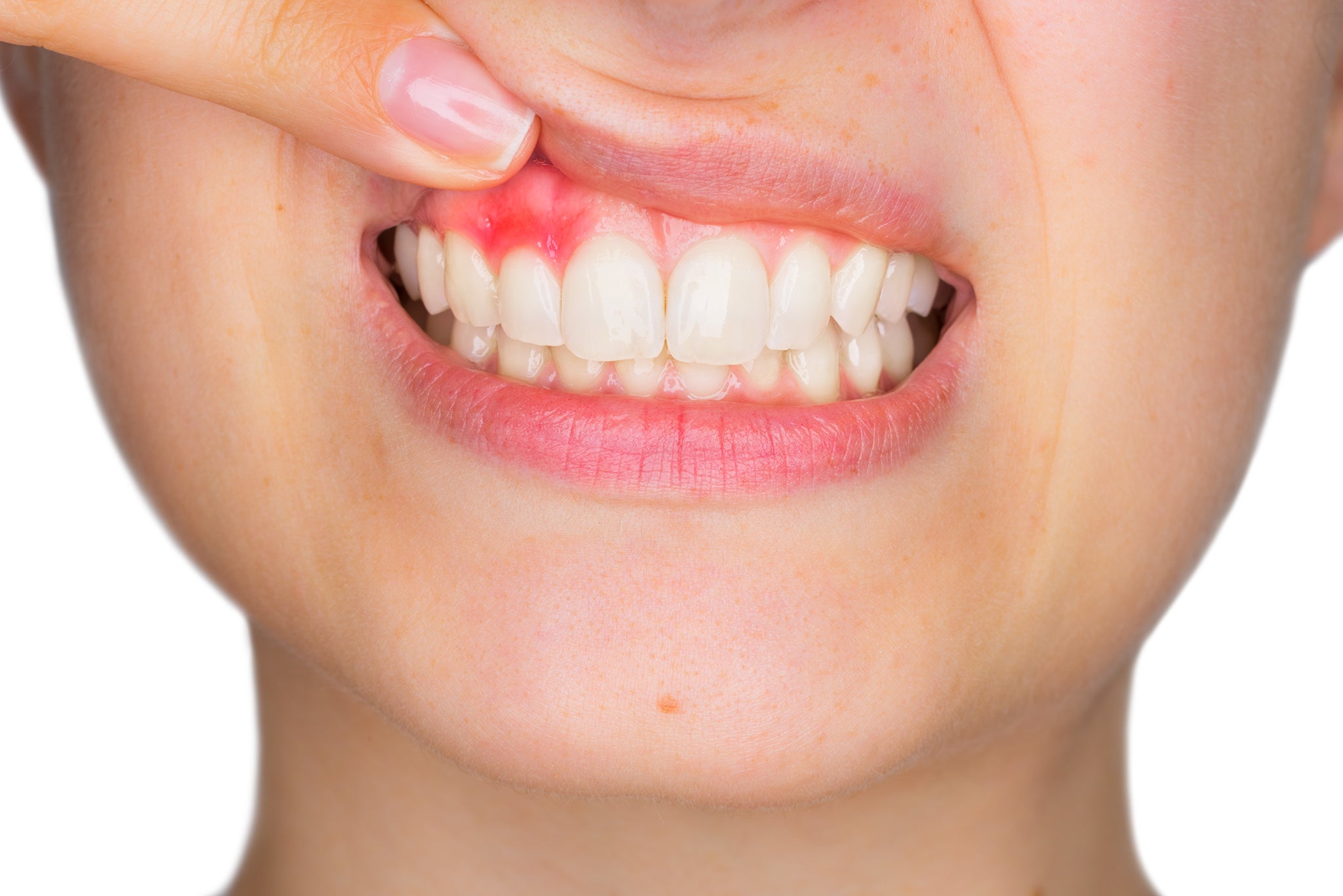
Once the visual example is there, it’s something they can envision each time they look in the mirror to brush their teeth. There’s no more powerful reminder to add in the critical step of interdental cleaning. This is part of a strategy, backed up by research [4], that supports patients in improving their so-called self-perception, helping them to realize the potential repercussions of poor oral hygiene.
Educating patients on periodontitis
Recent guidelines [5] published by the European Federation of Periodontology (EFP) have underlined the importance of educational interventions. It’s critical to explain to patients how gingivitis progresses into more severe forms of periodontitis, causing a greater degree of inflammation, irreversible damage to the supporting structures of the teeth, and a more severe array of oral health concerns. Most patients with mild to severe gum disease know there is a problem, but again, equate it to their teeth. They often experience symptoms like loose or misaligned teeth caused by alveolar bone loss [6], or experience pain when chewing and attribute it to tooth sensitivity. Compromised gum health doesn’t always occur to them.
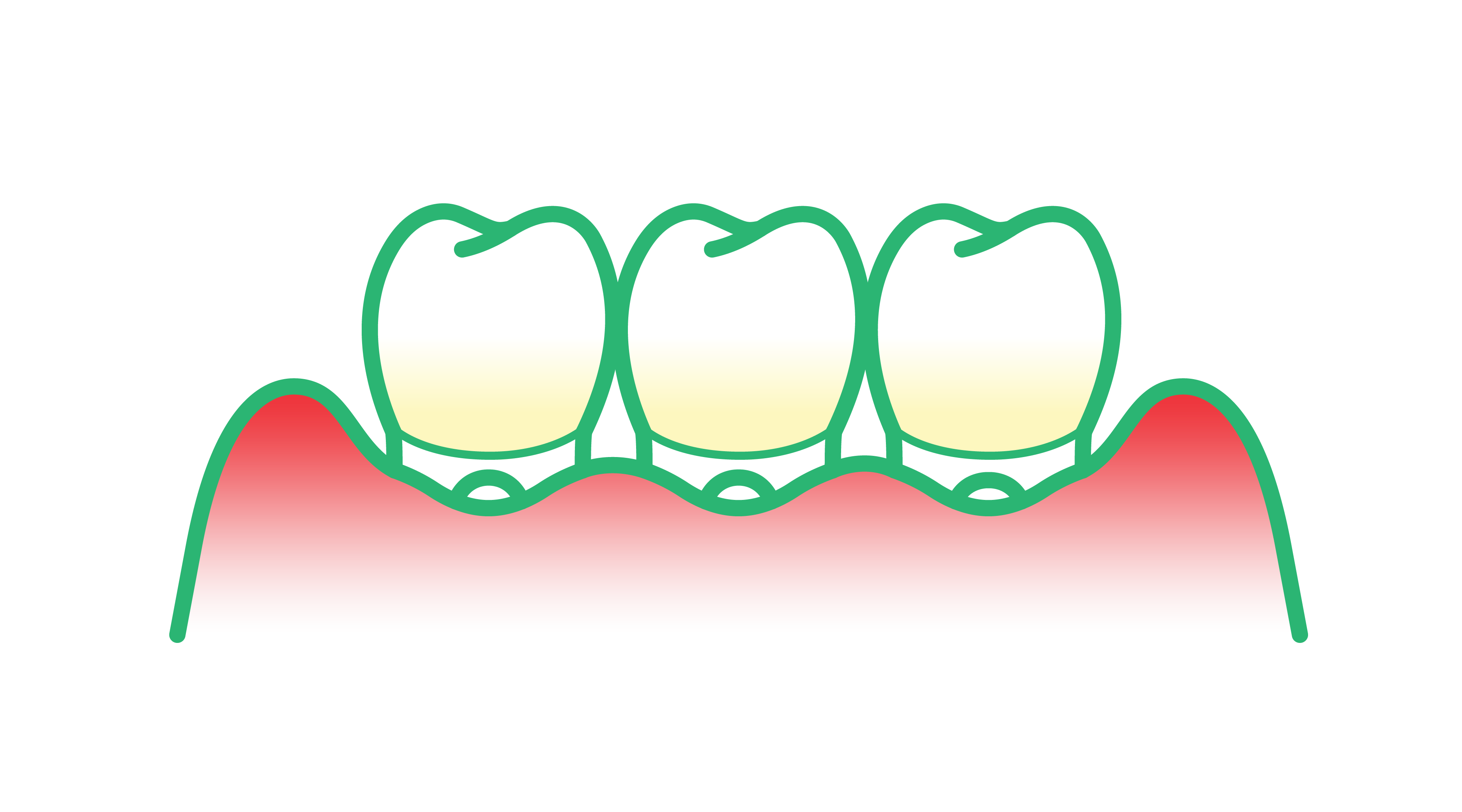
By this stage, patients can see and feel the ramifications of gum disease. It’s up to dentists to show them the cause. Show them the periodontal pocket depth of >4mm around their teeth and explain its significance. Or, use on-file oral imaging to show gum pullback or alveolar bone loss. As ever, visuals are essential.
Illustrate the links between gingivitis and periodontitis
As you know, the progression from healthy gums to severe gum disease doesn’t happen overnight. The creep toward periodontitis is incremental. For patients keeping routine appointments, the signs become evident. Charting early-stage gum disease via symptoms of gingivitis, and recommending better overall cleaning habits (with an emphasis on interdental cleaning), is a good start toward prevention, but patients need to do their part at home.
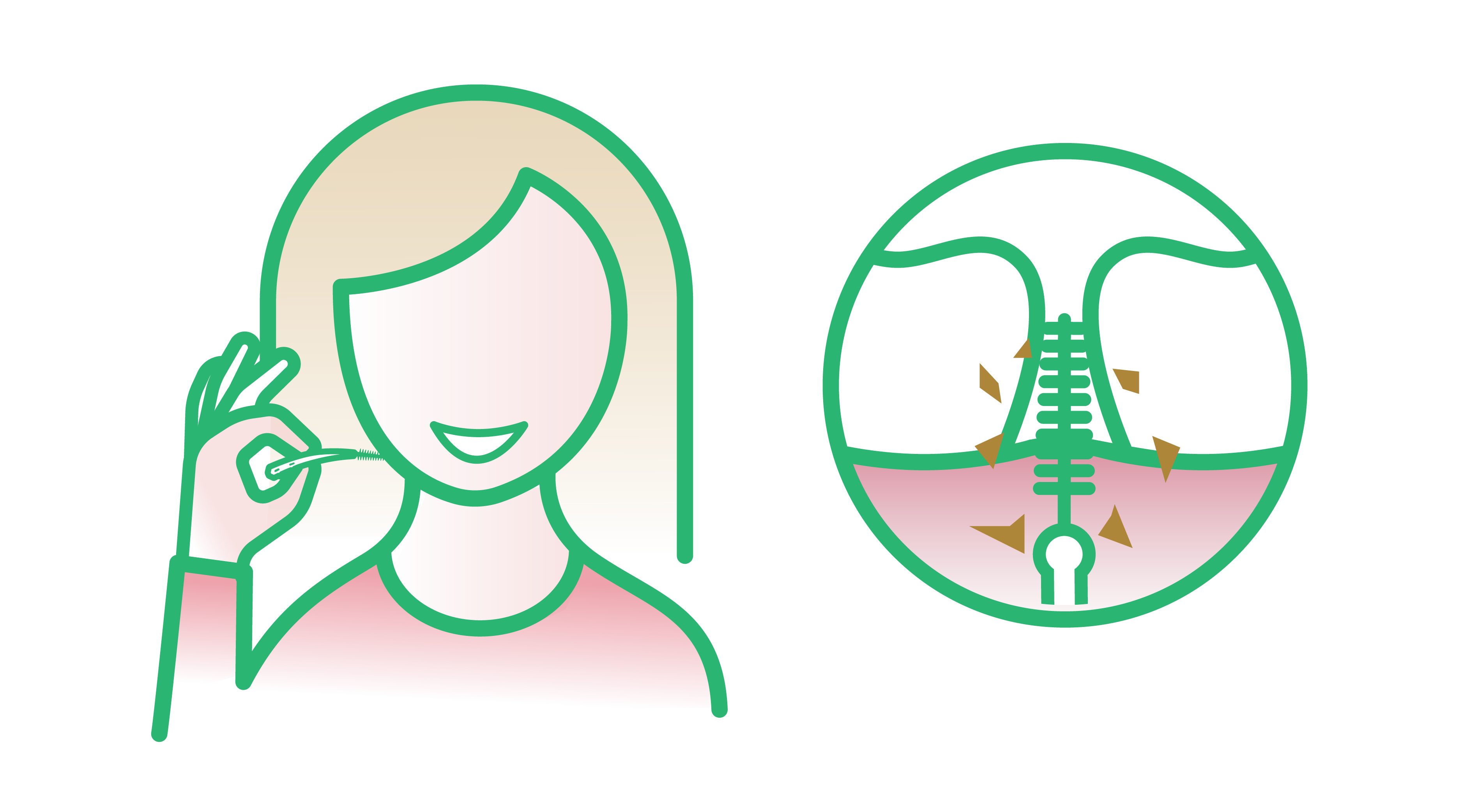
Action comes from education. Show patients the symptoms of their gingivitis and explain how to remedy them. Talk through the progression of periodontal degradation. What happens when gingivitis remains untreated? How are the patient’s oral health habits and lifestyles choices contributing to their gum health? Create a dialog that not only explains gingivitis and the progression to periodontitis, but also one that elevates the importance of everyday interdental cleaning and gum care.
Treating periodontitis: what patients should know
Short of the most severe cases, patients need to know that their periodontitis is treatable. Deep cleaning - scaling, root planing and other techniques [7] - is common and relatively easy to administer. When worsening periodontitis comes up during a visit, it’s an opportune time to walk patients through good interdental cleaning habits - even providing them with products they can use at home for better gum care. Treatment may include prescribing oral antibiotics.
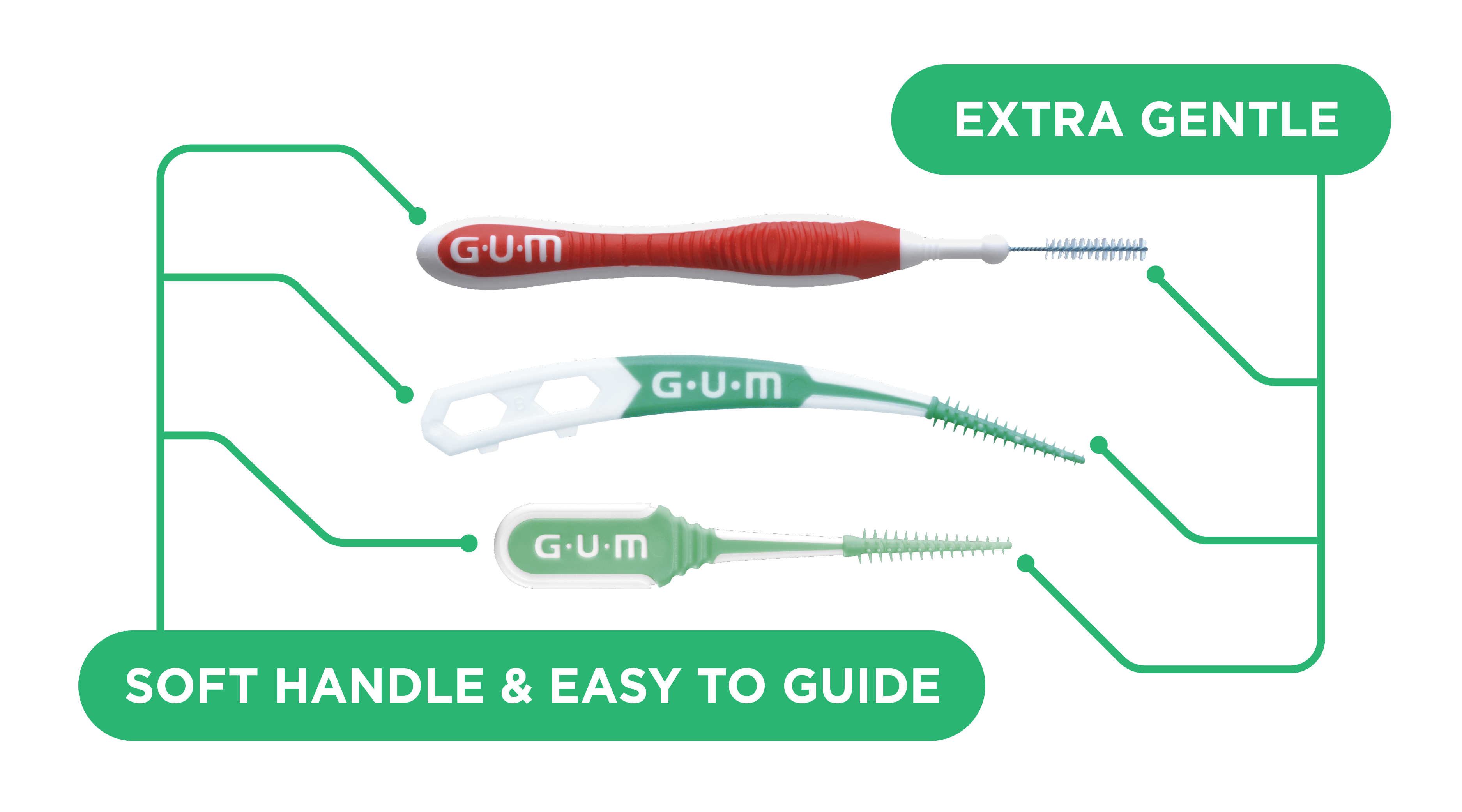
Above all, patients need to know that their condition will get worse if left unchecked. Make it clear that mild redness and bleeding are only superficial issues, and that severe (and costly) oral health troubles lay ahead. Evangelize timeliness and thoroughness in treating gingivitis.
Stress the importance of preventing gum disease
Whether they have early-stage gingivitis or a worsening case of periodontitis, it’s vital for dentists to clue patients into the importance of preventive gum care and comprehensive oral hygiene. Assuming they have a good grip on proper brushing habits, focus on tips for interdental cleaning and mouth-rinsing, and introduce them to techniques and products to help them make these ritualistic. Show them that more options exist than floss for getting those hard-to-reach places between the teeth.
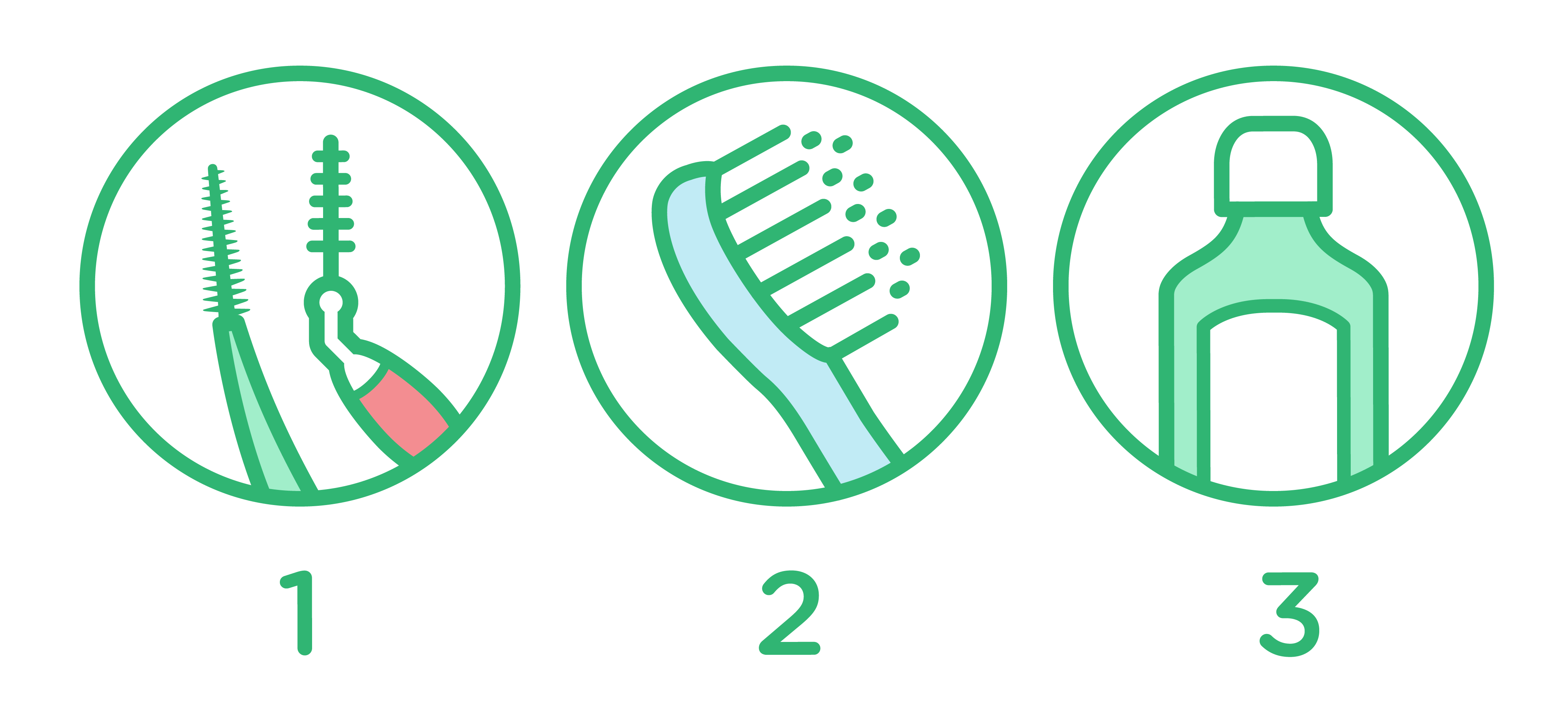
More importantly, go beyond the mouth. Educate patients on the role of oral health in conjunction with overall health. It’s good to have a candid conversation with patients to learn more about their lifestyle and habits, and draw correlations between these and gum disease.
- Unhealthy or unbalanced diet
- Smoking
- Excessive stress
- Diabetes or cancer
As with any chronic oral condition, an ounce of prevention is worth a pound of cure. Educating patients on the stages of gum disease and the highly preventable nature of the condition is an invaluable way to help them preserve their smile.
Learn more about GUM® products and how to give your patients the best guidance possible!

